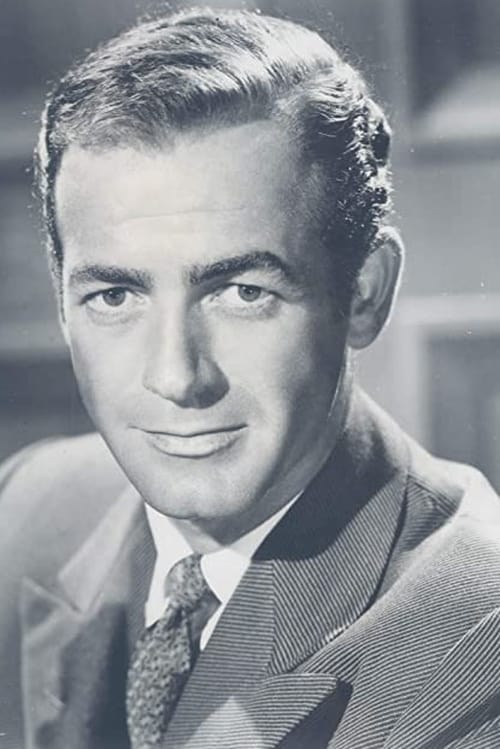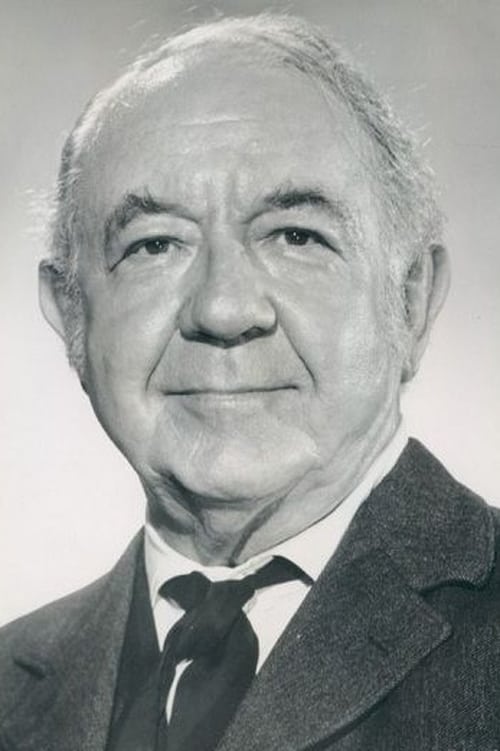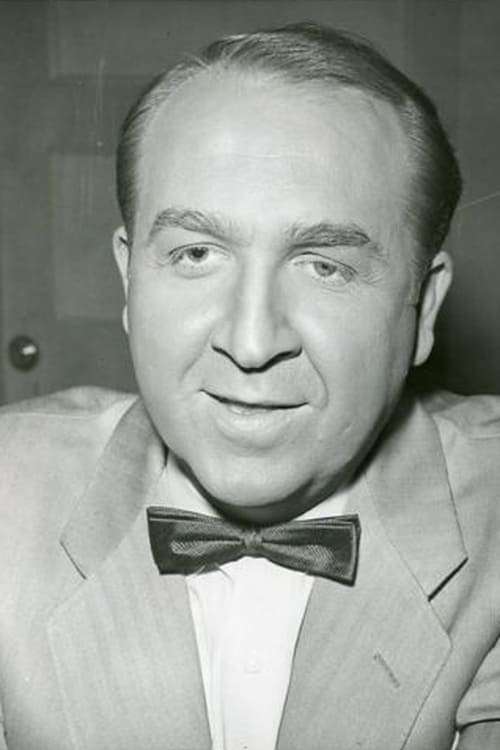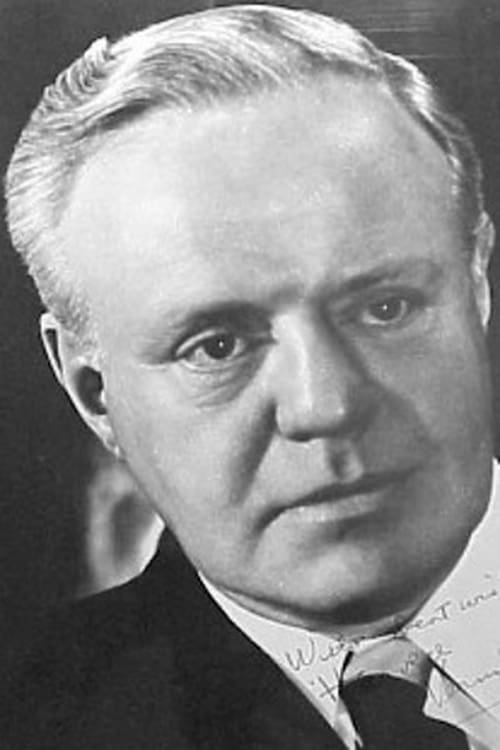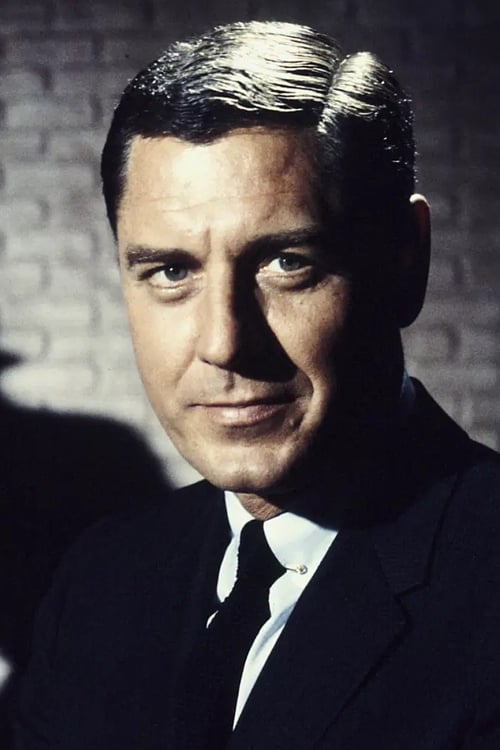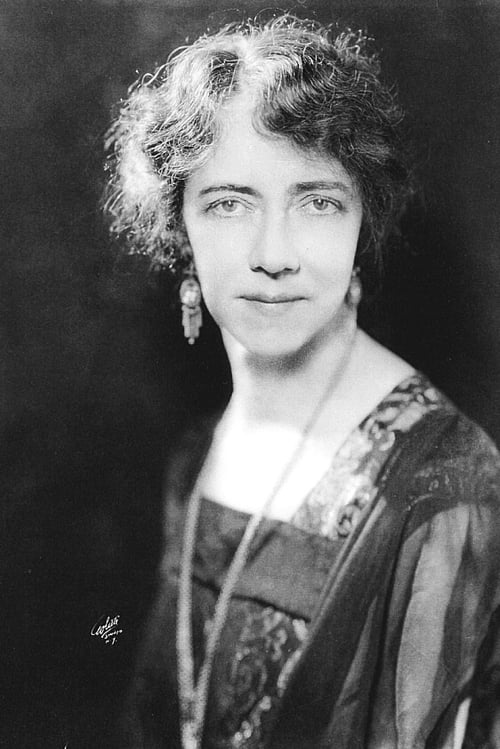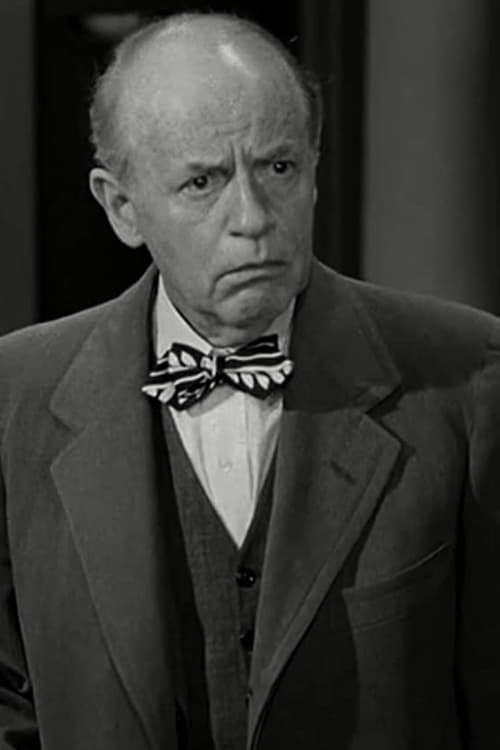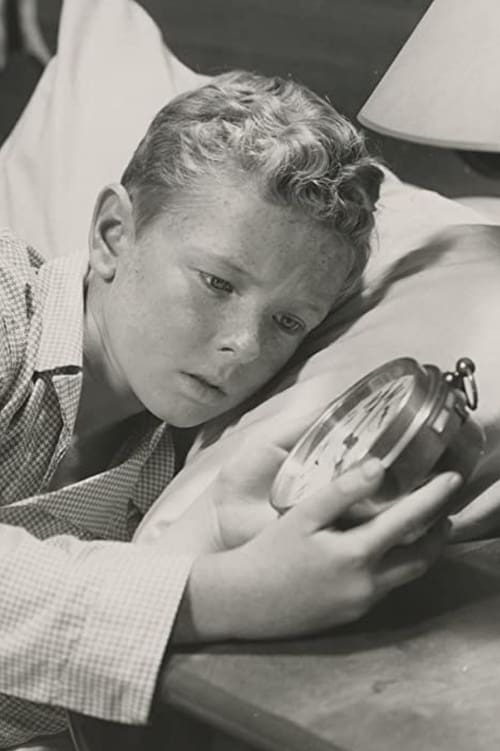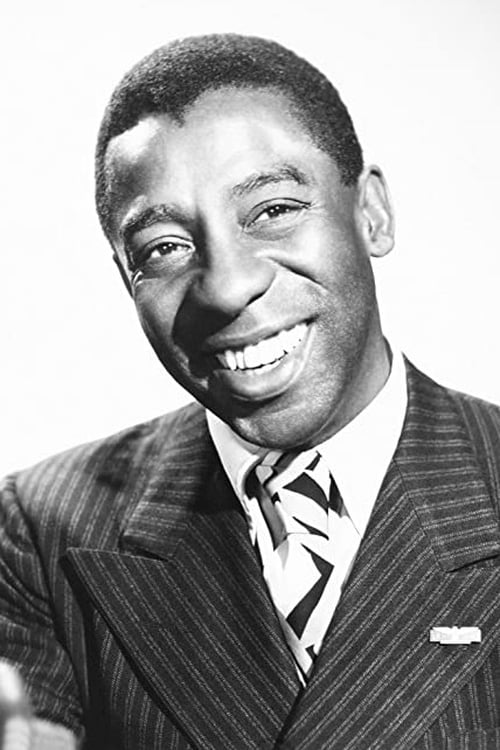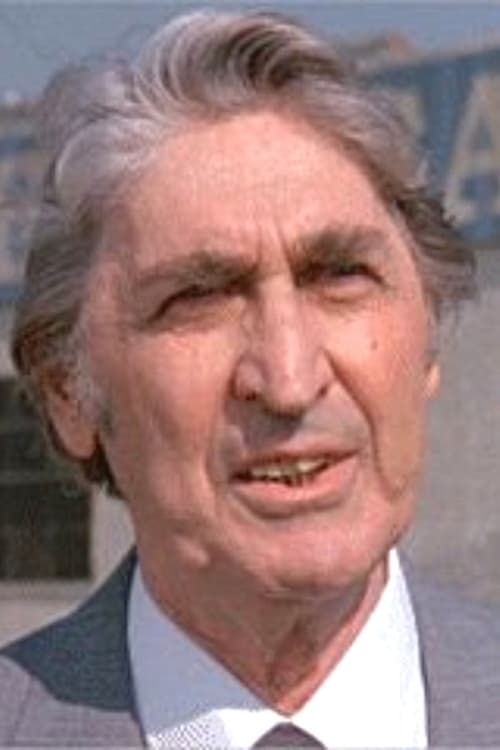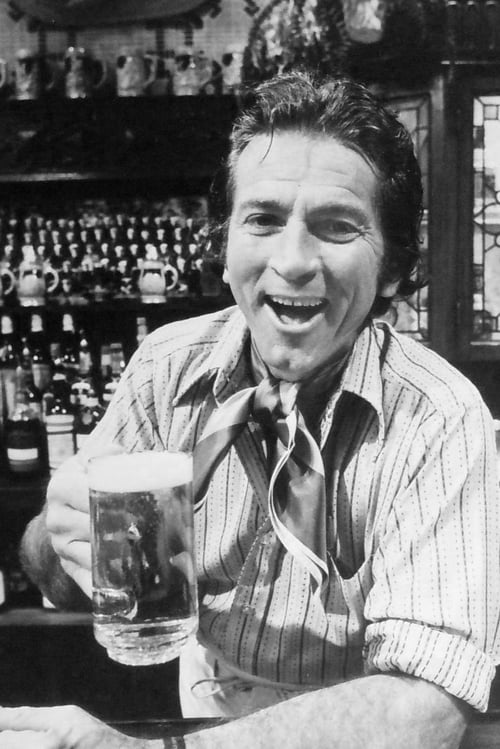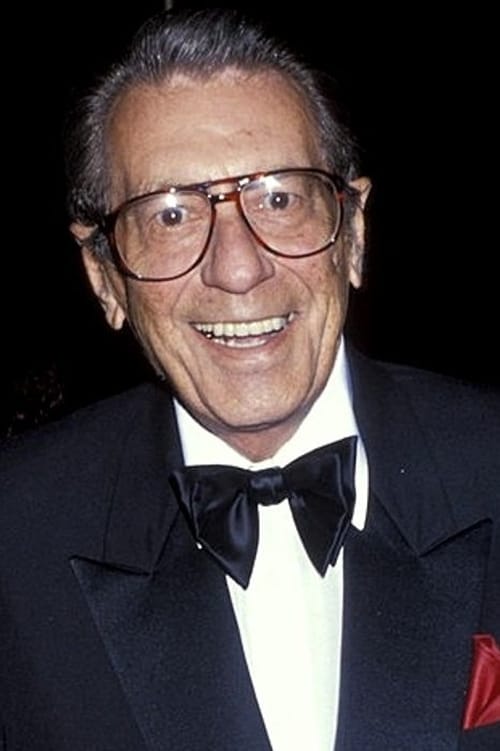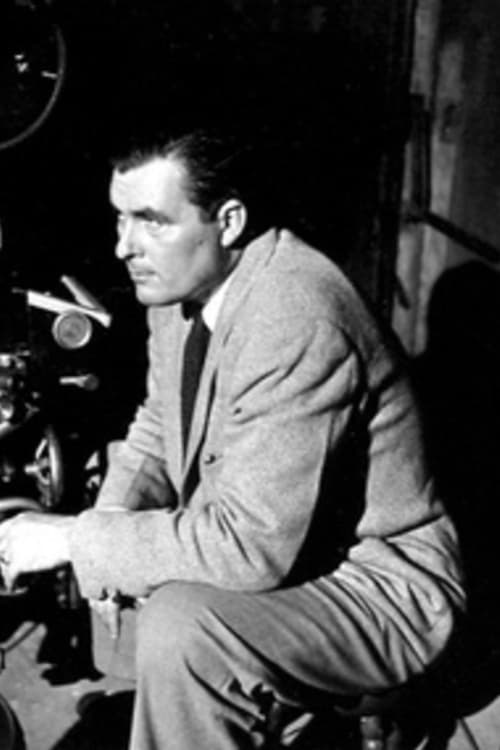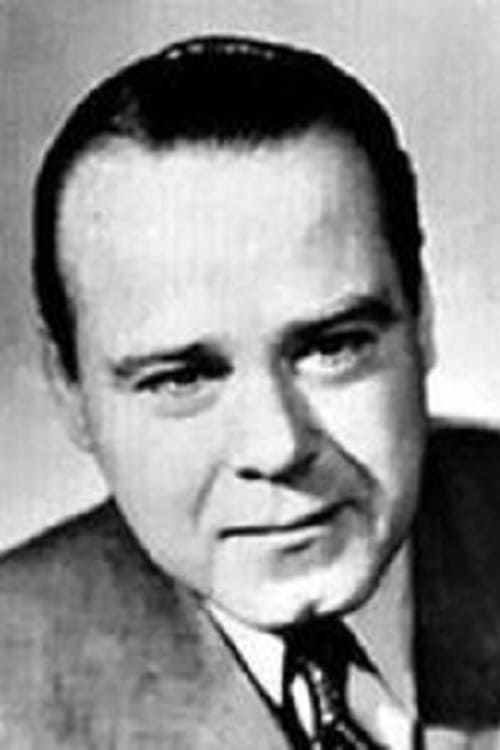Katie Did It (1950)
She May Have Gone Wrong but Boy!... she wasn't Bad!
Género : Comedia, Romance
Tiempo de ejecución : 1H 21M
Director : Frederick de Cordova
Sinopsis
Katherine Standish, who has been brought up in a strict manner in a prudish New England town, falls in love with a city slicker commercial artist, Peter Van Arden. The romance blossoms until Katie falls victim of some false information, and becomes convinced that Peter is already married and the father of two children.
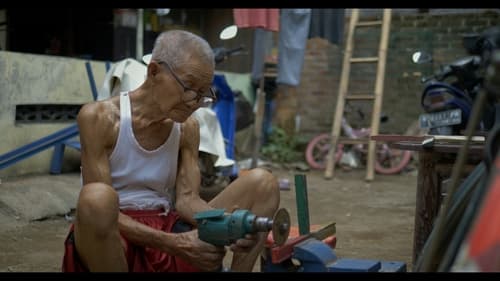
Tjipto Setiyono, 85, is a rickshaw painter. Despite being past his prime, he lives alone in a 3-by-3 meter square boarding room, in which Tjipto’s brush strokes give birth to his paintings.

Luke Lorenz is an artist whose paintings don't sell. His imaginative wife Sandra reasons that sales of his works would increase tenfold if he were to die, so they fake his death.

Oswaldo Guayasamín, one of the most renowned Latin American artists, with more than 600 portraits in his pictorial career, (among which are F. Mitterrand, Carolina de Mónaco, Juan Carlos I, Rigoberta Menchu) paints his self-portrait, while he tells us the foundations of his art.

A recluse painter’s careful routine is shaken up when a mysterious young woman knocks on his door. An encounter that will confront him with his past.
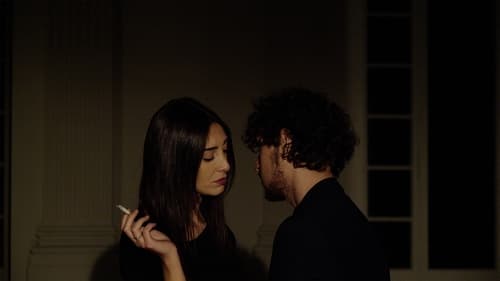
A painter in the throes of a creative block finds inspiration thanks to a fascinating and mysterious gallery owner, but he can't expect the shocking consequences of their encounter.
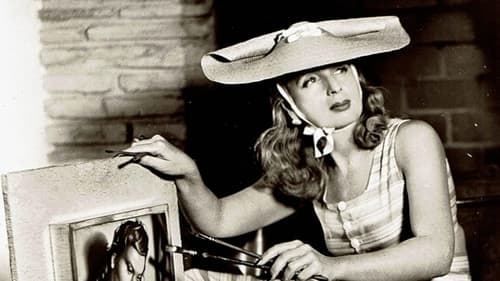
Hardly anyone knows the artist, but almost everyone knows her paintings: Tamara de Lempicka, icon of the 1920s. Her art deco paintings of women in cars or in evening dress adorn book covers and break auction records. But who was she? The ARTE documentary by Grimme Prize-winning author Sylvie Kürsten ventures a self-portrait of Lempicka, narrated and played by Nicole Heesters.
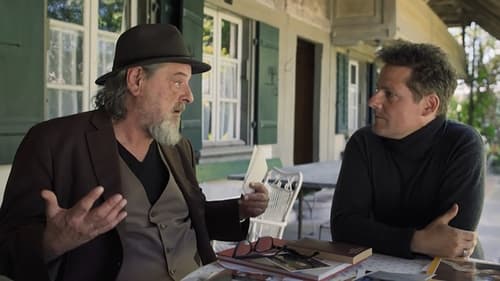
With his vivid oil paintings, Albert Anker captured Swiss folk life like no other. Together with musician Endo Anaconda we discover the «Anker-House», Anker's old studio.

Portrait of the Italian sculptor Donatello (1386-1466), a precursor of the High Renaissance who considerably influenced sculptural art with his innovative way of conceiving space. Donatello is already a legend in his own lifetime. The sculptor is the forefather of the High Renaissance and pioneer for artists such as Raphael or Michelangelo. His bronze sculpture of the "David" or the "Pazzi Madonna" in marble are icons of art history and testify to his sculptural power of renewal.
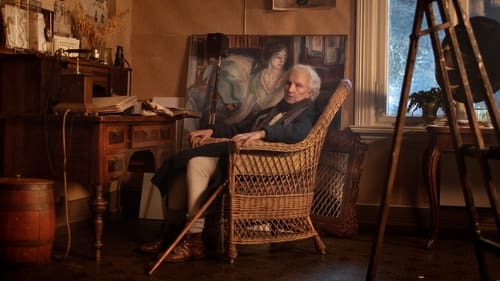
Edvard Munch was one of the most important artists in the period between the 19th and 20th centuries. His motif Skrik (The Scream), repeated in several techniques, became part of the 20th-century world subconsciousness – an image of fear and loneliness most people probably know, even if they have no idea who created it.

Cortometraje documental acerca de la vida de Alfons Mucha.

When given the rare opportunity to capture images of an enigmatic famous painter, a photographer is forced to confront the limits she will go for her art.
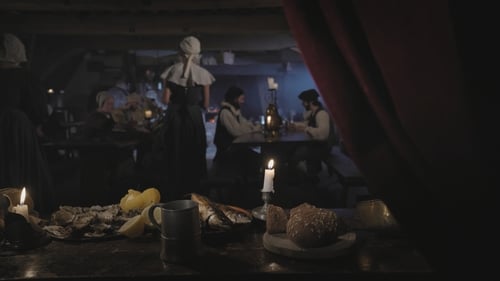
Narrator Steve Martin explains Vermeer's fall into obscurity and rebound into worldwide sensation, all while examining themes in his paintings, comparisons to Renaissance masters, and relevant history of Europe's politics and art market.
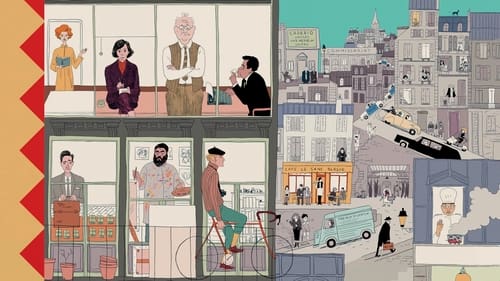
Una carta de amor al mundo del periodismo, ambientada en el contexto de la redacción de un periódico americano en el París del siglo XX, con tres historias interconectadas entre sí.

The relationship between a painter and his admirer unfolds as an abstract, twist-filled hide-and-seek game against the backdrop of murder and revenge.

Un retrato pausado en 16mm del pintor pontevedrés Manuel Moldes en el que Ángel Santos se vuelve de nuevo hacia la no ficción para registrar el trabajo paciente del artista. El espacio íntimo de la creación contrasta con el espacio público de la exhibición. Finalmente, el pintor consigue hacerse con ese espacio exterior de la única manera posible. Una película hecha a partir de la exposición restrospectiva Manuel Moldes – Pontevedra Suite (1982-1987), comisariada por Ángel Cerviño y coordinada por Alberto González-Alegre para el Museo de Pontevedra.

Bretaña francesa, 1770. Marianne es una pintora que debe realizar el retrato matrimonial de Héloïse, una joven que acaba de dejar el convento. Héloïse no acepta su destino como mujer casada y se niega a posar, por lo que Marianne debe trabajar en secreto. Para ello, se hace pasar por dama de compañía, para así observarla de día y pintarla de noche. Su relación se vuelve más intensa a medida que comparten juntas los últimos momentos de libertad de Héloïse antes de su boda.

Short Black and White


